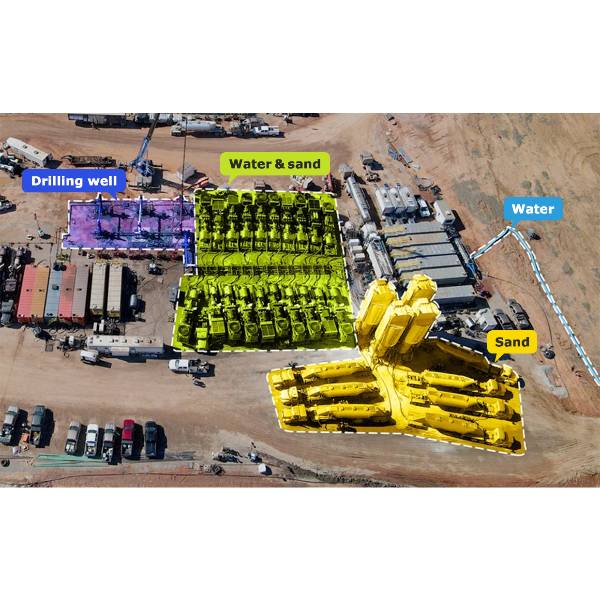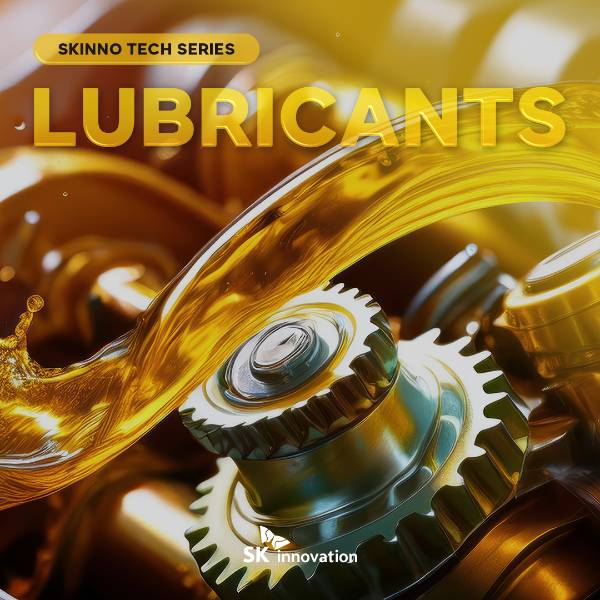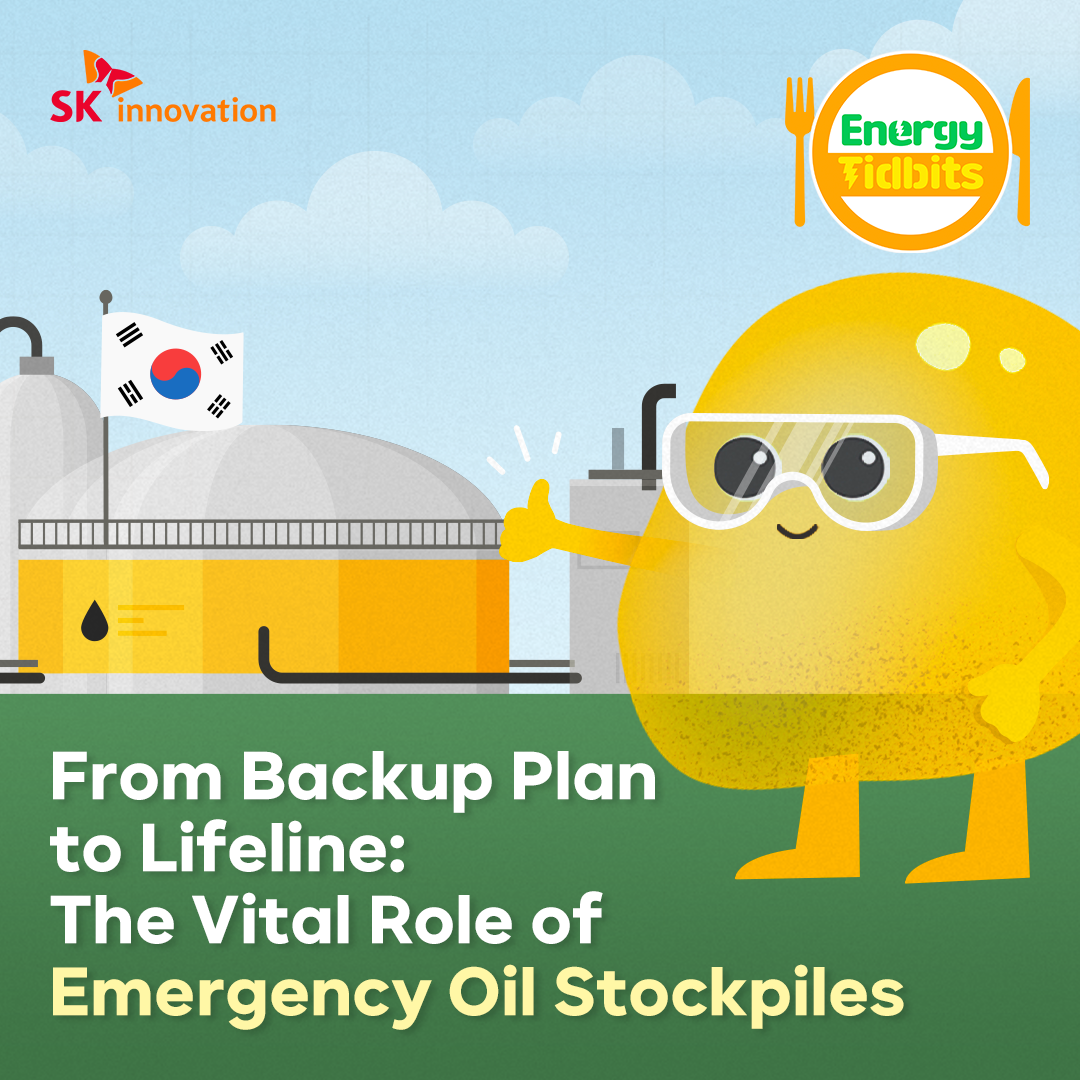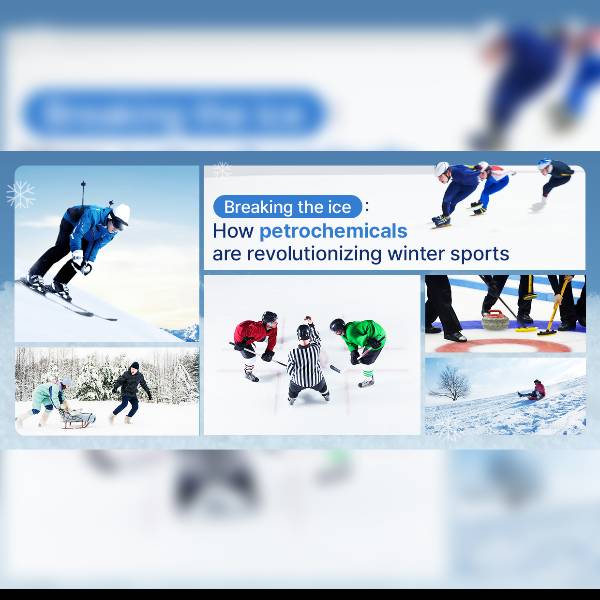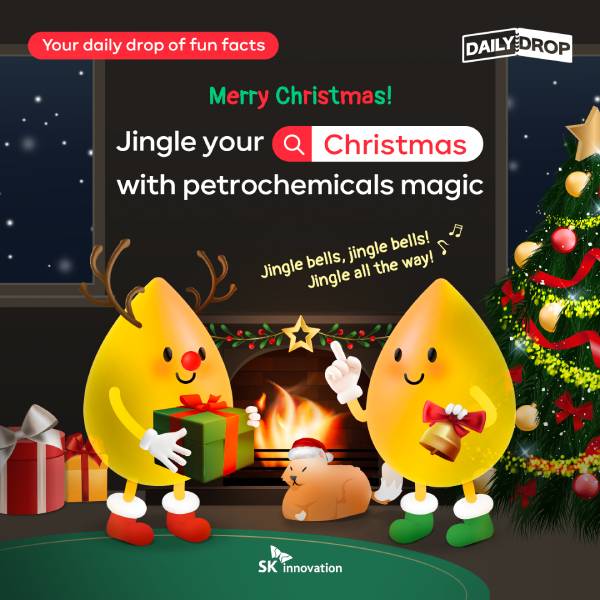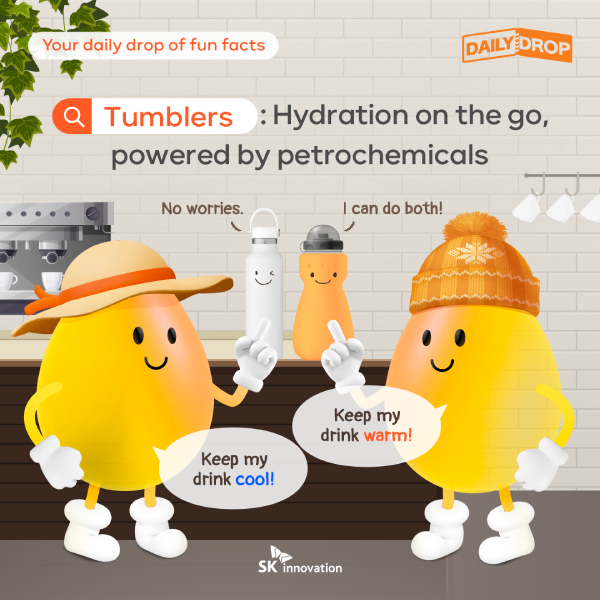 Trends & Reports
Trends & Reports
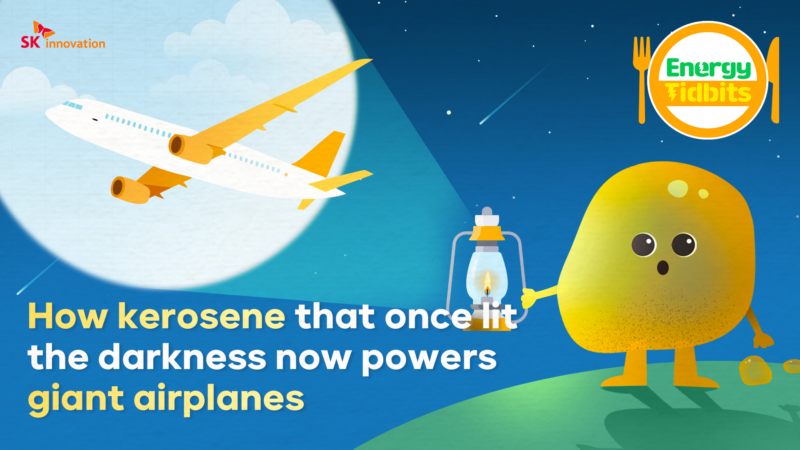
Since the discovery of fire, humankind has been able to overcome darkness. In the early days, fires were ignited by lightning strikes or volcanic activity. Later, people used animal fats to fuel stone lamps, and eventually turned to plant-based oils like.

Ancient Greek and Roman oil lamps (Source: Wikipedia)
On November 20, 1820, the American whaling ship Essex was attacked and sunk by a sperm whale in the middle of the Pacific Ocean. This dramatic real-life event later inspired Herman Melville’s classic novel “Moby-Dick”, published in 1851. At the time, oil extracted from sperm whales was used for lamps and candles, with a single whale yielding over 10,000 liters of whale oil. This demand fueled the whaling industry, leading to the near extinction of whales due to overhunting. However, an unexpected development revolutionized the lighting market and helped save whales from extinction.
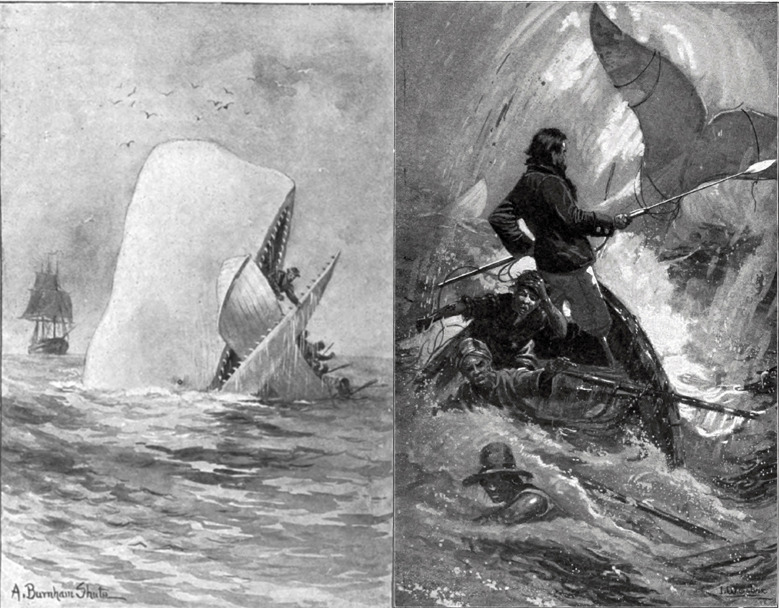
(Left) An illustration from the first edition of Herman Melville’s novel “Moby-Dick” / (Right) An illustration from the 1902 edition of “Moby-Dick” (Source: Wikipedia)
| Mass production of kerosene through refining techniques
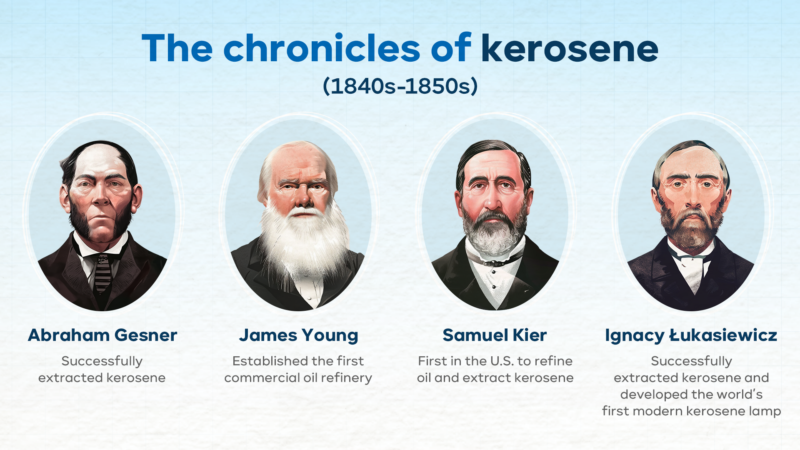
The person who created the kerosene we use today was Canadian geologist Abraham Pineo Gesner (1797 – 1864). In 1846, he successfully extracted oil by heating coal, producing a distilled oil that was smokeless and shone as brightly as about ten candles. Gesner named this oil “kerosene”, combining the Greek word for wax, “kēros”, with the chemical suffix “-ene,” making kerosene became the proper name for this type of oil. In 1854, Gesner obtained a U.S. patent for his method of extracting kerosene from solid hydrocarbons like coal, paving the way for its mass production.
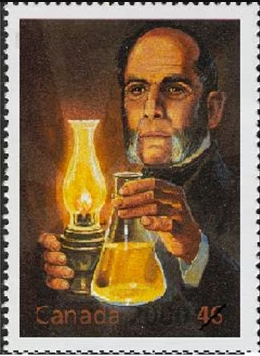
A stamp issued by Canada Post commemorating Abraham Gesner (Source: Radio Canada International, Image copyright: Canada Post Corp)
Around the same time, kerosene refining technology emerged in the UK and the U.S. In 1847, Scottish chemist James Young (1811 – 1883) discovered natural oil seepage at the Riddings colliery in Alfreton, Derbyshire in England, and distilled it to obtain oil for kerosene use. By the following year, 1848, he had devised a method to extract oil from coal and began refining crude oil. As the next step, Young established the first commercial oil refinery in Bathgate, West Lothian, Scotland to mass-produce paraffin oil. This is why James Young is often referred to as “James Paraffin Young”. Although slightly different from modern kerosene, paraffin oil was used for lighting and heating purposes, serving a similar role to that of kerosene at the time.
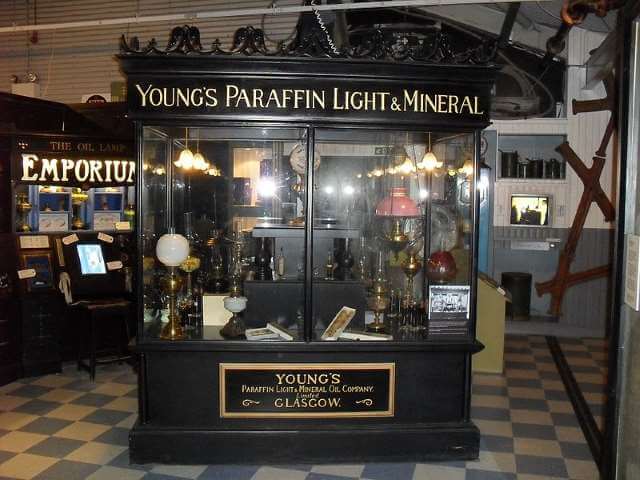
Replica of the display case used by James Young’s company, “Young’s Paraffin Light & Oil” (Source: Historic UK)
Meanwhile, across the Atlantic in the 1840s, American businessman Samuel Martin Kier encountered an unknown black oily substance while extracting salt from a salt well. Initially deemed useless, this oily substance was discarded into the Pennsylvania Canal. Upon noticing that the discarded oil slick caught fire, Kier began researching oil refining methods with a chemist in Pennsylvania. This led Kier to become the first in the U.S. to refine oil into kerosene, and he established the first American oil refinery in Pittsburgh in 1853. His pioneering efforts earned him the title of “Grandfather of the American Oil Industry”. Later, in 1859, Edwin Drake (1819 – 1880) discovered an oil well in Titusville, Pennsylvania, and successfully implemented the world’s first “vertical drilling”, leading to the commercial production of oil and mass production of kerosene in the U.S.
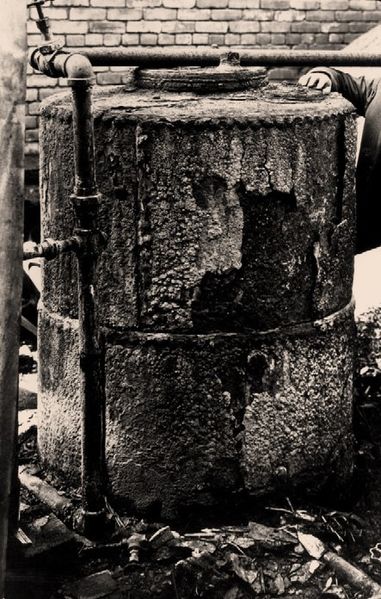
Samuel Kier’s 5-barrel still, discovered in Pittsburgh, Pennsylvania in 1923 (Source: ETHW)
In 1853, in Poland, pharmacist Jan Józef Ignacy Łukasiewicz (1822 – 1882) successfully refined oil to extract kerosene and developed the world’s first modern kerosene lamp. By 1854, he introduced this groundbreaking lamp to the streets, lighting up European nights like never before. These simultaneous advancements in oil refining and kerosene extraction technology were literally illuminating, making not only evenings brighter but also shaping the future for people around the world.
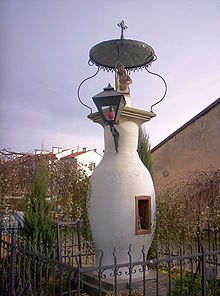
Modern-day Gorlice in the Lesser Poland Voivodeship, Poland, where the world’s first modern kerosene lamp was used for street lighting (Source: Wikipedia)
Kerosene, which played a crucial role in lighting up the nights of 19th century cities, saw its influence wane in the 20th century. With the invention of the light bulb by Thomas Alva Edison (1847 – 1931) in 1879, kerosene’s usage shifted to household heating oil for boilers and oil stoves. However, this was not the end of its story. Thanks to its high flash point, low viscosity, and cost-effectiveness, kerosene found new life as an invaluable energy source for aviation, demonstrating its enduring versatility well beyond its days of illuminating streetlamps.
| From lighting the dark to powering flight and space exploration
On April 12, 1961, Yuri Alekseyevich Gagarin (1934 – 1968) became the first human to orbit the Earth, embarking on the Vostok 1(Восток-1) spacecraft. What fuel powered the first-stage rocket engine of this historic mission? The key to sending Gagarin into space was kerosene.
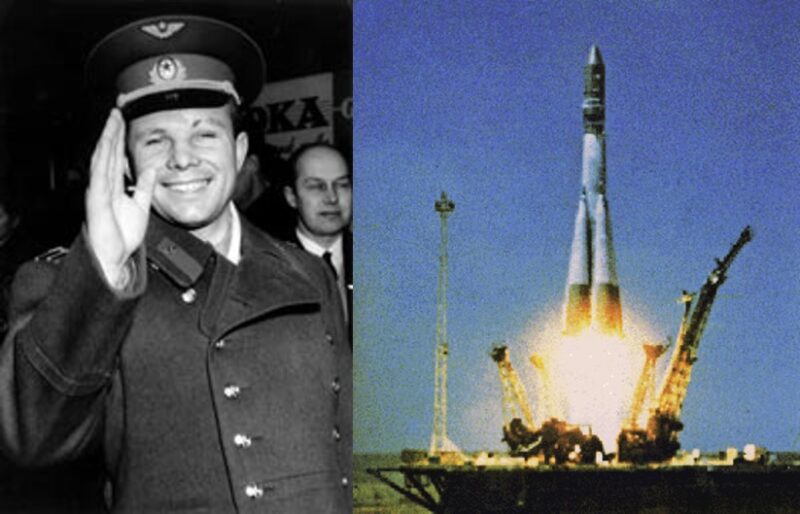
(Left) Yuri Gagarin from the Soviet Union (present Russia), the first human in space / (Right) The Vostok 1 spacecraft that orbited the Earth (Source: Wikipedia)
Aircraft need to fly at high altitudes of 10 to 15 kilometers for extended periods. Therefore, aviation fuel must withstand low pressure and extremely low temperatures. To meet these demands, aviation fuel is formulated by adding various additives to kerosene. Kerosene has a high flash point of around 40°C and low viscosity, allowing it to flow smoothly even at low temperatures. Jet-A1, the most common aviation fuel, is based on kerosene. Jet-A1 evaporates well even at low temperatures and pressures, preventing vapor lock, which can block the flow of pressure. Additionally, it does not easily freeze and boasts excellent combustion and heat generation properties, making it the preferred fuel for today’s commercial aircraft.
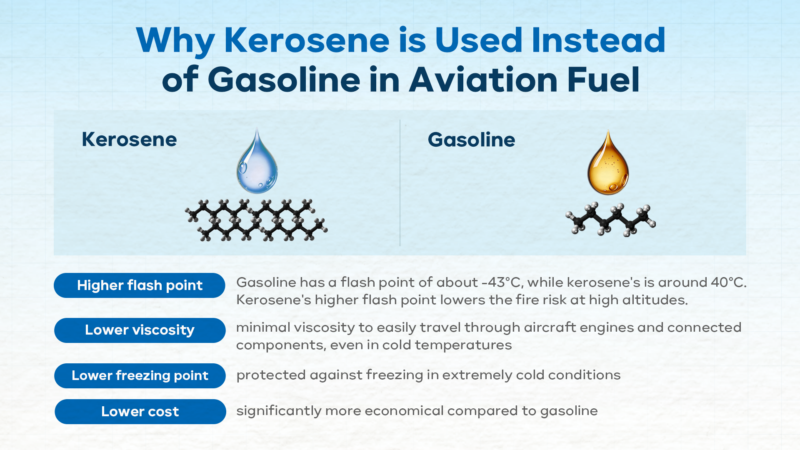
As carbon neutrality becomes a global priority, the aviation industry is also experiencing a shift towards sustainability. In November 2023, the International Civil Aviation Organization (ICAO) under the United Nations set carbon emission reduction targets at the Conference on Aviation and Alternative Fuels (CAAF). The European Union (EU) has mandated the blending Sustainable Aviation Fuel (SAF) into traditional aviation fuel.
SAF, also known as bio-aviation fuel, is an organic fuel made from recycled materials such as used cooking oil, animal fats, and corn production waste. With a chemical structure similar to that of kerosene, SAF can be mixed with conventional aviation fuel without requiring any modifications to existing aircraft fuel systems or infrastructure, while significantly reducing carbon emissions.
Kerosene, which once illuminated the night, has now become indispensable for aircraft soaring thousands of feet above the ground. It powers today’s aviation industry. Who knows how kerosene will continue to shape our future beyond the skies?










 Youtube
Youtube Facebook
Facebook Instagram
Instagram Linkedin
Linkedin








